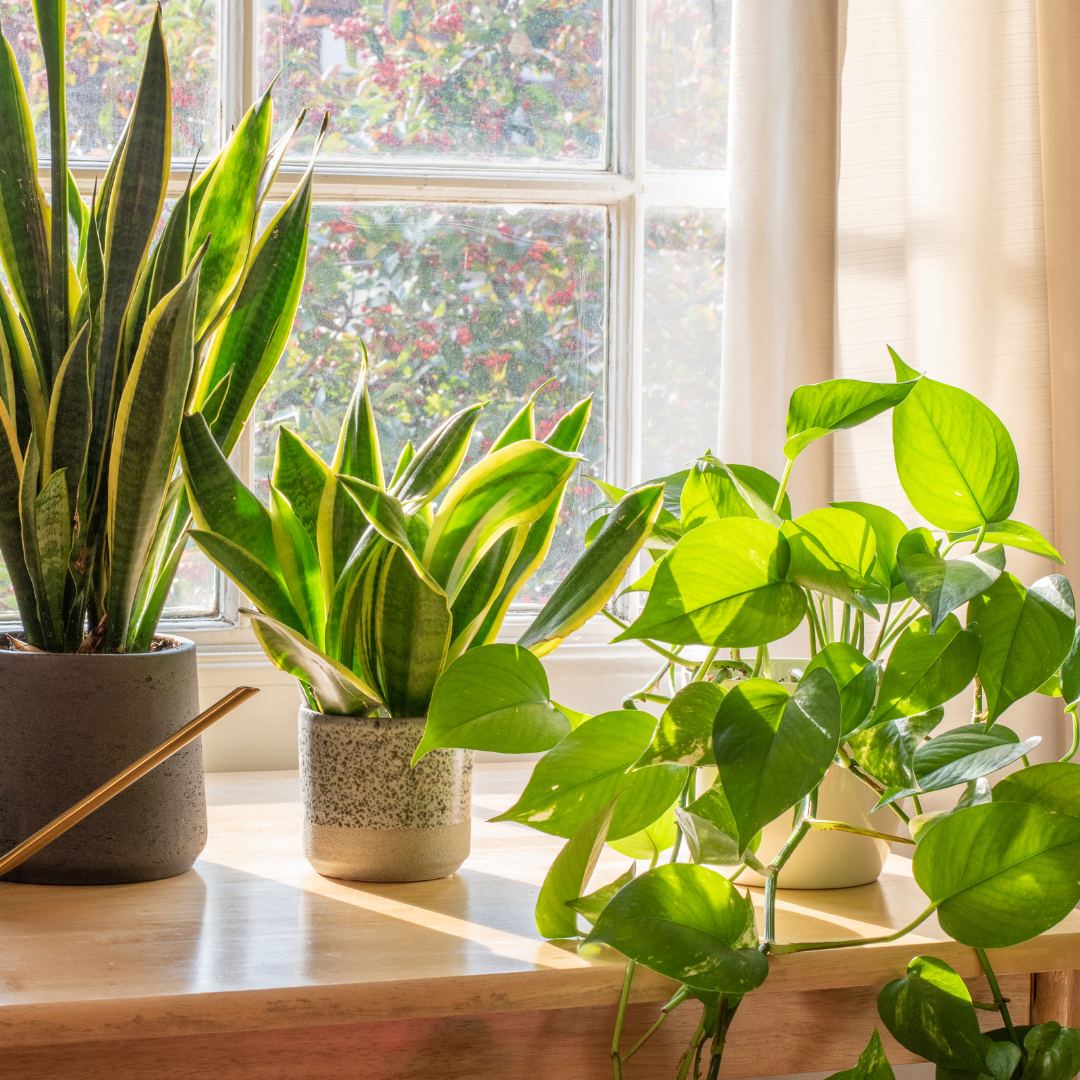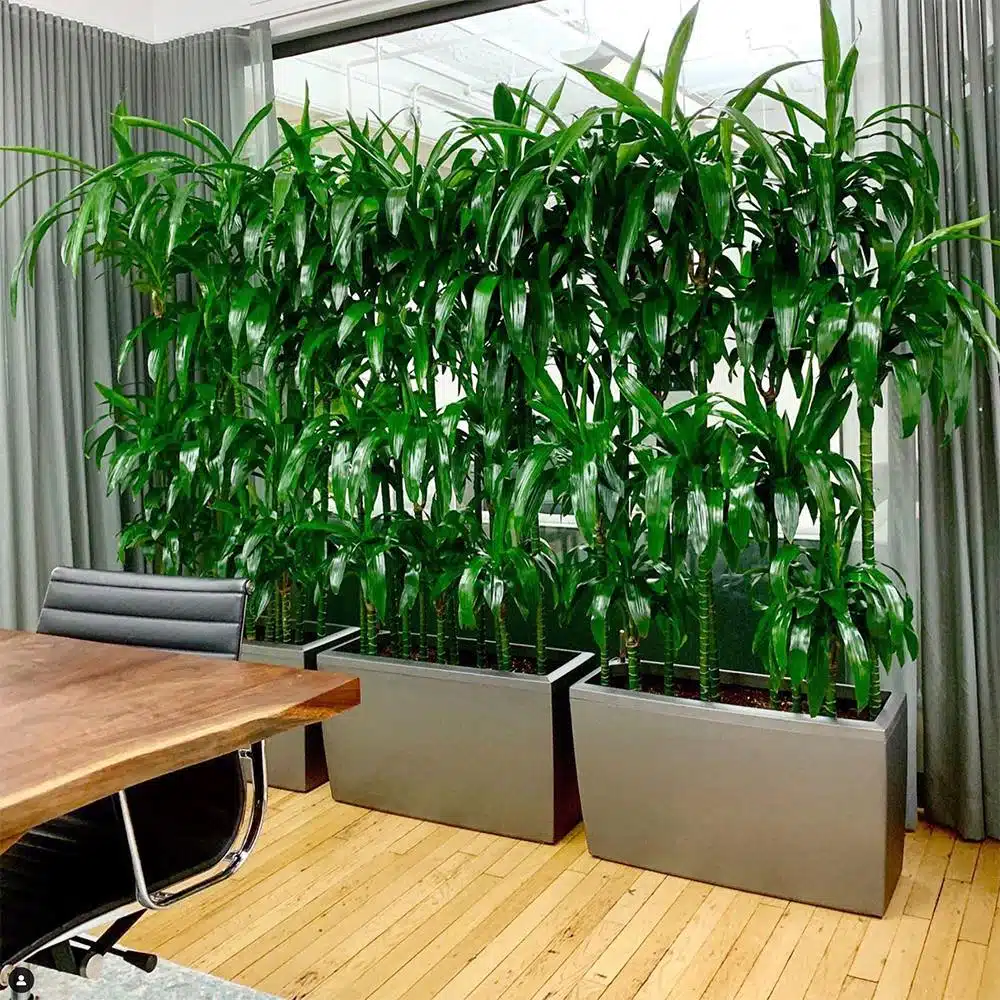Top 10 Best Low-Light Indoor Plants for Dark Rooms and Apartments
Discover the Tricks of Low-Light Indoor Plants and Just How They Improve Your Atmosphere
Low-light indoor plants have gathered enhancing focus for their unique ability to improve both aesthetic charm and ecological quality within offices and homes. These resilient types, including the Snake Plant and Peace Lily, not only prosper in difficult lights conditions yet also play an essential duty in air purification and emotional health. Understanding the details advantages and treatment requirements of these plants can significantly impact your space. As we check out the complexities of their advantages, you may find understandings that can change your environments in unforeseen means.
Benefits of Low-Light Indoor Plants
Although many individuals presume that indoor plants call for plentiful sunlight to flourish, low-light interior plants use a wide range of advantages that make them suitable for different atmospheres. Among the key benefits is their adaptability; they can grow precede with restricted natural light, such as offices, basements, or spaces with tiny home windows. This attribute enables people to enhance their surroundings with plant, adding to enhanced appearances without the demand for extensive illumination modifications.
In addition, low-light interior plants can substantially improve interior air quality by filtering system dangerous toxic substances and releasing oxygen, making living areas healthier. The existence of plants has actually been connected to greater sensations of peace and emphasis.
Furthermore, low-light plants usually call for much less maintenance than their sun-loving equivalents, making them perfect for hectic people or those brand-new to gardening. Their resilience allows them to love minimal treatment, hence supplying a gratifying experience for plant fanatics and amateurs alike. In recap, low-light interior plants serve both aesthetic and practical purposes, making them useful additions to any space.
Top Low-Light Plant Selections
Low-light indoor plants come in a variety of varieties, each offering distinct characteristics and advantages matched for dark environments. Among one of the most popular ranges is the Snake Plant (Sansevieria), known for its air-purifying capacities and architectural fallen leaves. This resilient plant thrives on disregard and can tolerate a wide variety of light conditions.
One more superb selection is the ZZ Plant (Zamioculcas zamiifolia), which includes glossy, dark eco-friendly fallen leaves and is very drought-tolerant. Its flexibility makes it a preferred for workplaces and homes with limited sunshine.
The Pothos (Epipremnum aureum) is likewise a leading competitor, with its routing creeping plants and heart-shaped leaves - Best low-light indoor plants. This flexible plant can be trained to climb up or waterfall, adding aesthetic passion to any kind of room

Treatment Tips for Low-Light Plants
Taking care of low-light interior plants needs a nuanced understanding of their details needs to guarantee ideal growth and vitality. First, it is important to choose the appropriate potting mix, as a well-draining dirt is important to avoid root rot. A mix created for houseplants, commonly my review here consisting of peat moss and perlite, works well for a lot of low-light selections.
Watering is one more crucial aspect of treatment. Low-light plants usually call for less frequent watering compared to their sun-loving equivalents. It is advisable to inspect the leading inch of soil; if it feels completely dry, it's time to water. Overwatering can lead to problems such as mold and mildew and origin decay.
Fertilizing needs to be approached with caution. During the growing season, a watered down fluid plant food can be applied monthly, but in winter season, several low-light plants get in dormancy and require little to no fertilization.
Finally, it's important to periodically clean the leaves to eliminate dirt, enabling much better light absorption. By sticking to these care suggestions, you can cultivate a growing setting for your low-light interior plants, improving both their look and long life.
Enhancing Air Top Quality With Plants
Interior plants play a considerable function in improving air high quality within homes and workplace. With the process of photosynthesis, these plants absorb co2 and launch oxygen, adding to a healthier environment. Additionally, particular low-light interior plants possess the ability to filter damaging contaminants, such as benzene, formaldehyde, and trichloroethylene, which are typically found in interior atmospheres.

Furthermore, the visibility of indoor plants can increase humidity degrees, which aids ease dry skin and breathing concerns, even more boosting overall well-being. This ability to enhance air high quality not just advertises physical health and wellness yet also supports mental health.
Including low-light indoor plants into your living and working areas can bring about a more invigorating and vivid environment (Best low-light indoor plants). Purchasing these natural air purifiers is a basic yet reliable strategy for enhancing indoor air high quality and promoting a much healthier way of life
Developing a Serene Indoor Area
The assimilation of plants right into living spaces not just improves air high quality yet additionally adds to a tranquil atmosphere. Low-light indoor plants, such as snake plants and pothos, are website here especially efficient in producing a tranquil atmosphere, as they prosper in conditions that may otherwise be inhospitable for various other plant. Their lavish vegetation supplies a soothing aesthetic, minimizing anxiety and advertising leisure.
Including these plants right into your office or home can evoke a sense of tranquility and well-being. Strategically putting them in areas where you spend substantial time, such as living spaces or workspaces, enables an immersive experience with nature, which has been shown to boost state of mind and cognitive function.
Additionally, the gentle movement of fallen leaves in feedback to air flow can create a vibrant visual component that improves the general atmosphere. Think about making use of a range of plant elevations and textures to add deepness and passion to your area. With thoughtful placement and care, low-light interior plants can transform any location right into a serene refuge, cultivating not only aesthetic complete satisfaction yet likewise psychological and mental health.

Conclusion
Incorporating low-light interior plants into different atmospheres yields substantial advantages, including improved air high quality and improved visual charm. These hardy varieties not Get More Info just prosper in very little light but also add to a calming environment, promoting mental and psychological wellness. By choosing proper selections and executing correct care strategies, individuals can efficiently cultivate a calm indoor area that cultivates health and efficiency. The transformative power of low-light plants highlights their worth in improving both household and occupational settings.
Although several individuals think that indoor plants need plentiful sunlight to thrive, low-light indoor plants supply a wide variety of benefits that make them optimal for different settings.Additionally, low-light indoor plants can substantially enhance interior air high quality by filtering unsafe toxins and launching oxygen, making living rooms healthier. In addition, certain low-light indoor plants have the ability to filter dangerous pollutants, such as formaldehyde, trichloroethylene, and benzene, which are generally located in indoor atmospheres.
Low-light interior plants, such as serpent plants and pothos, are specifically efficient in developing a serene environment, as they flourish in conditions that may otherwise be inhospitable for other greenery.Integrating low-light interior plants into various atmospheres yields considerable benefits, consisting of boosted air top quality and boosted visual allure.